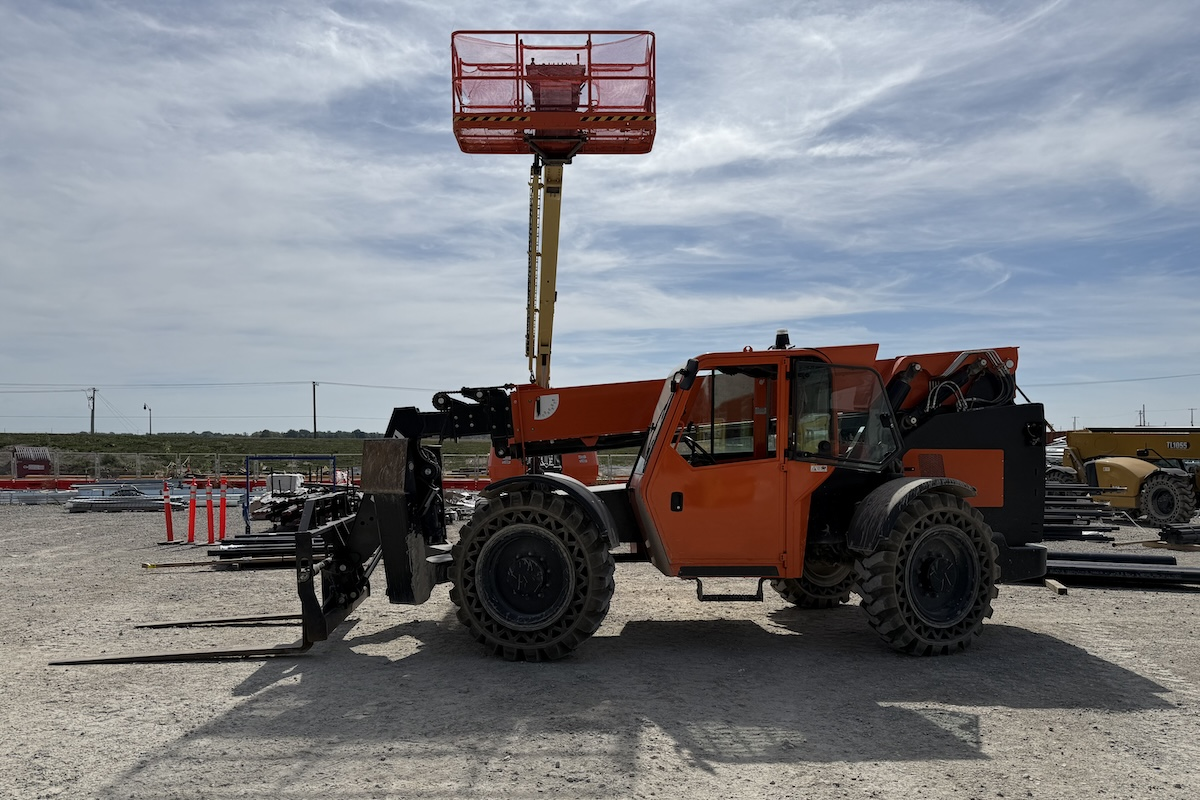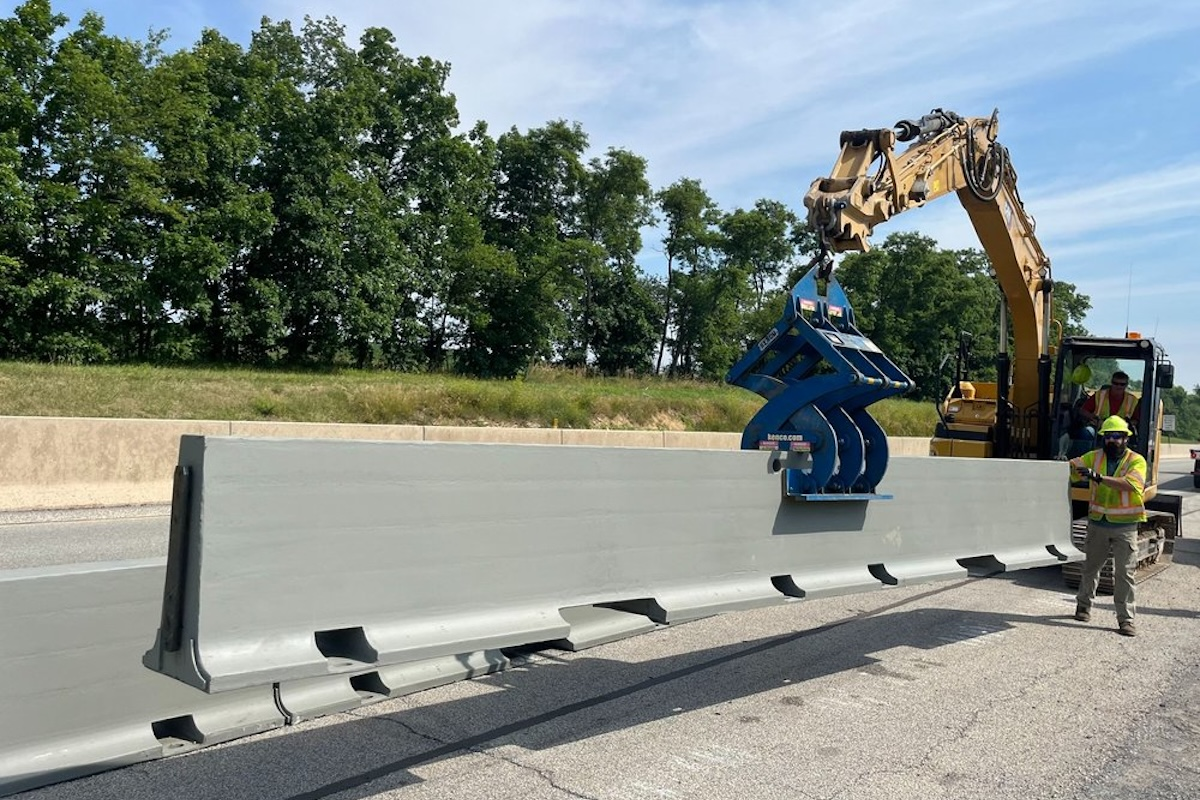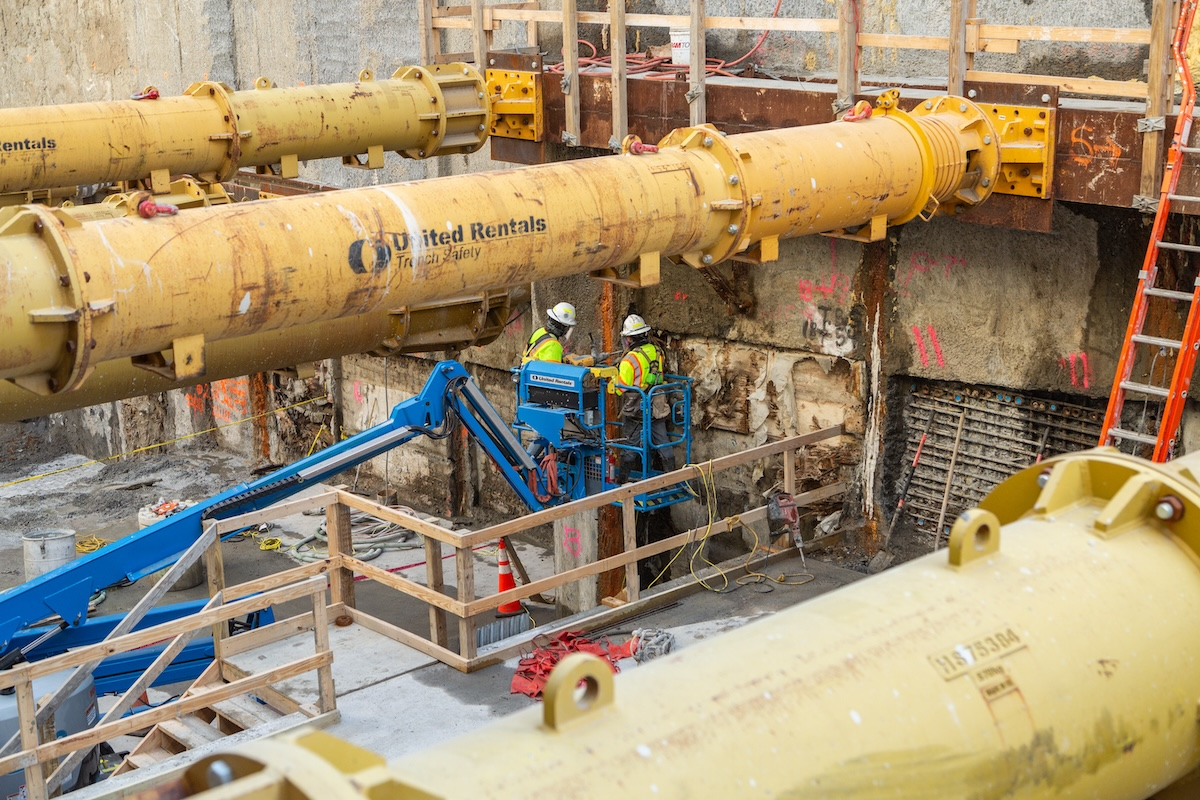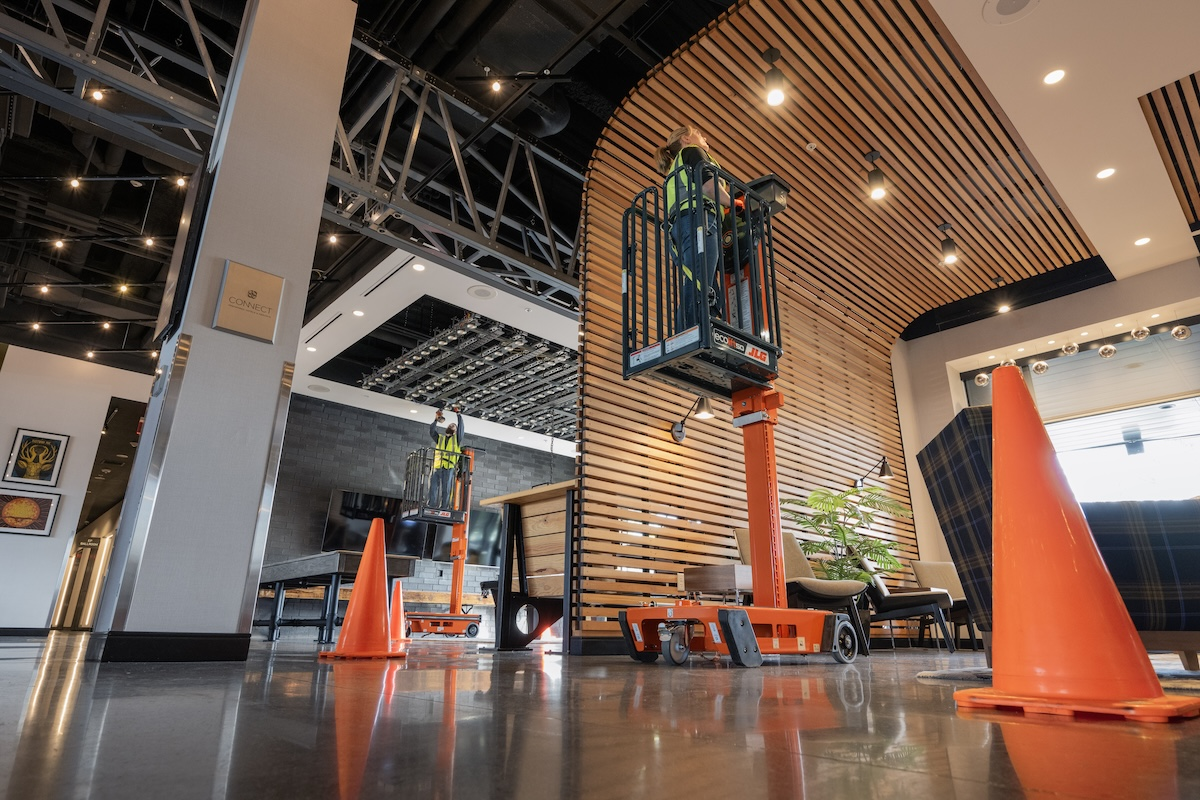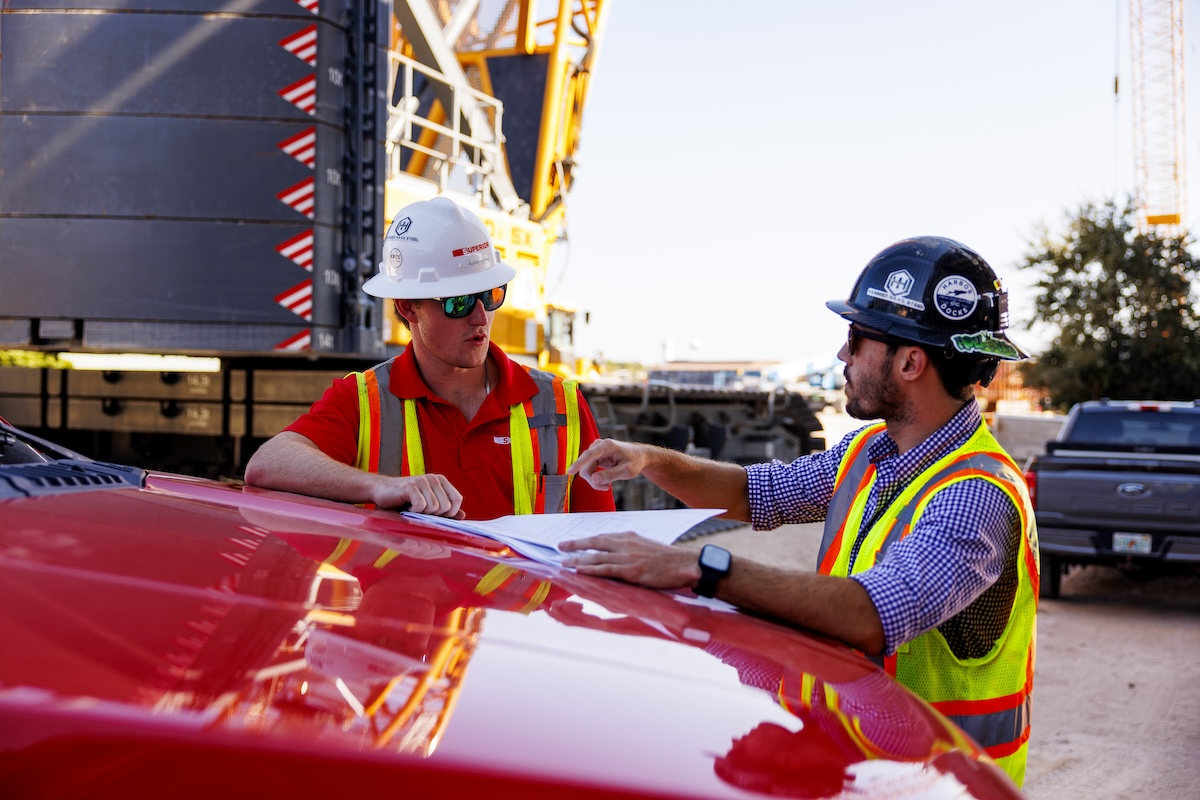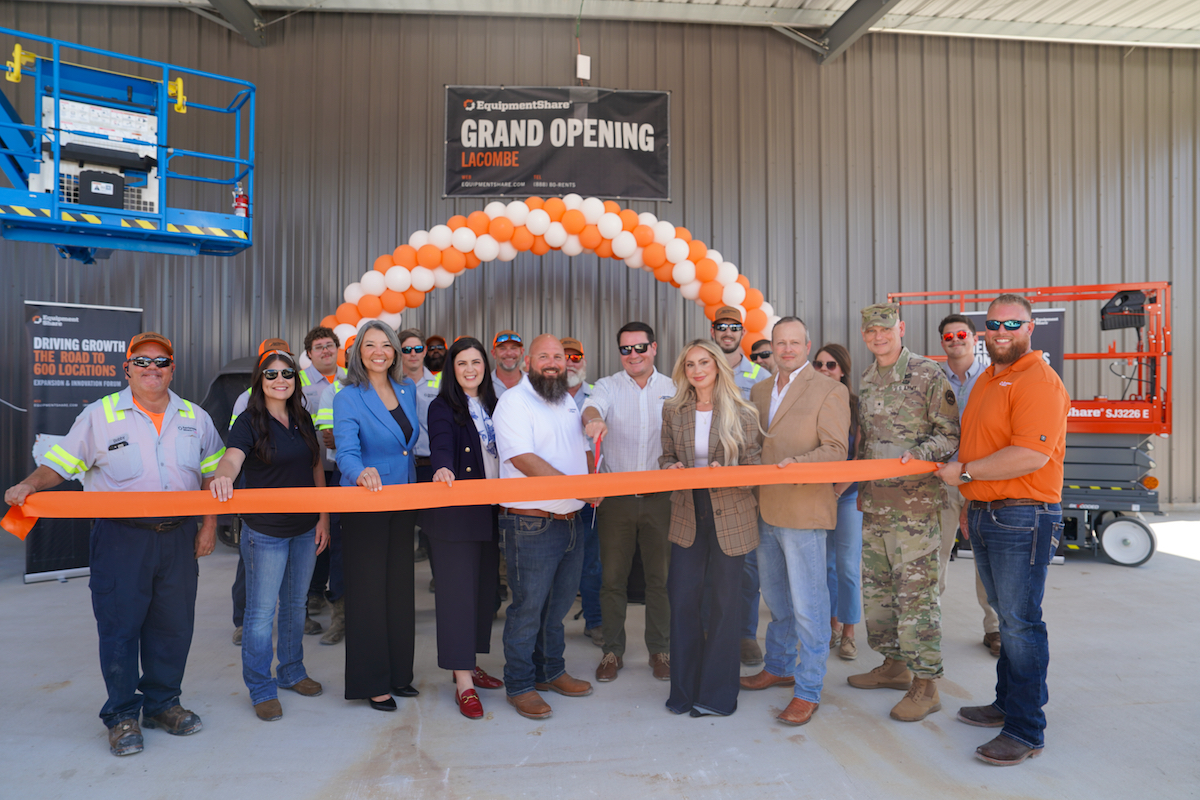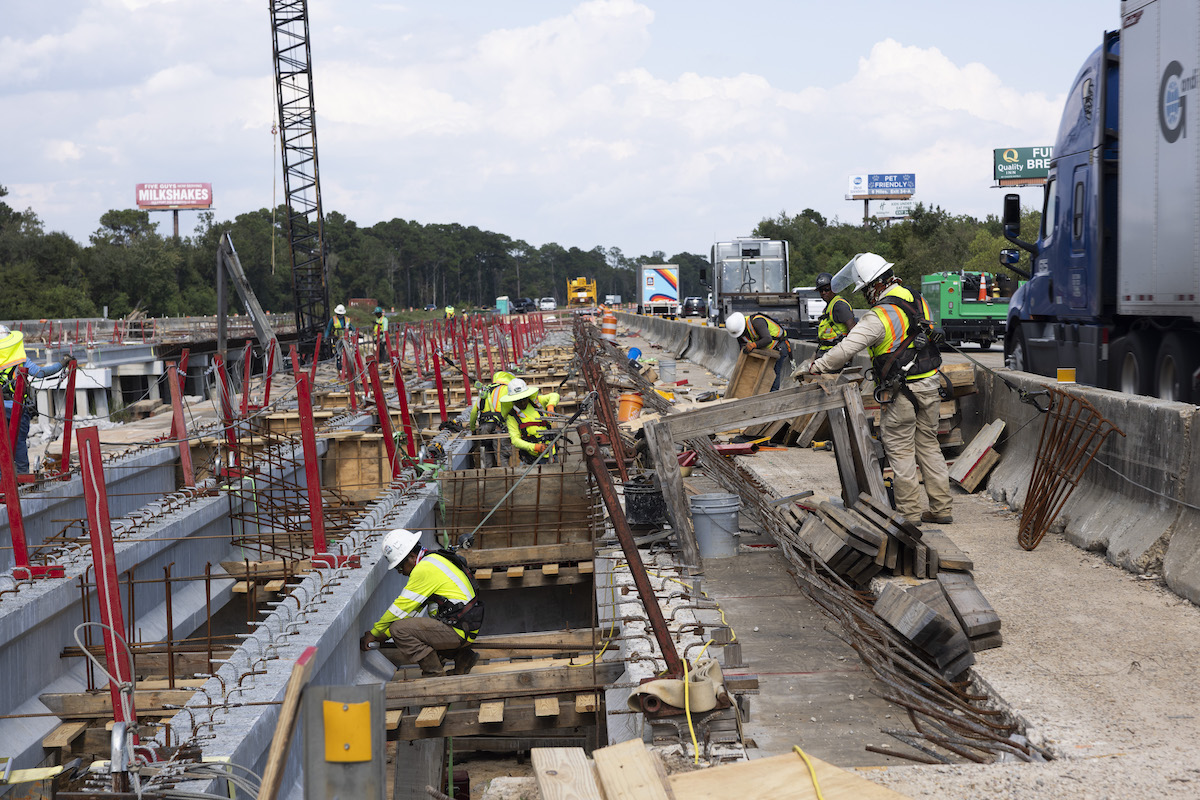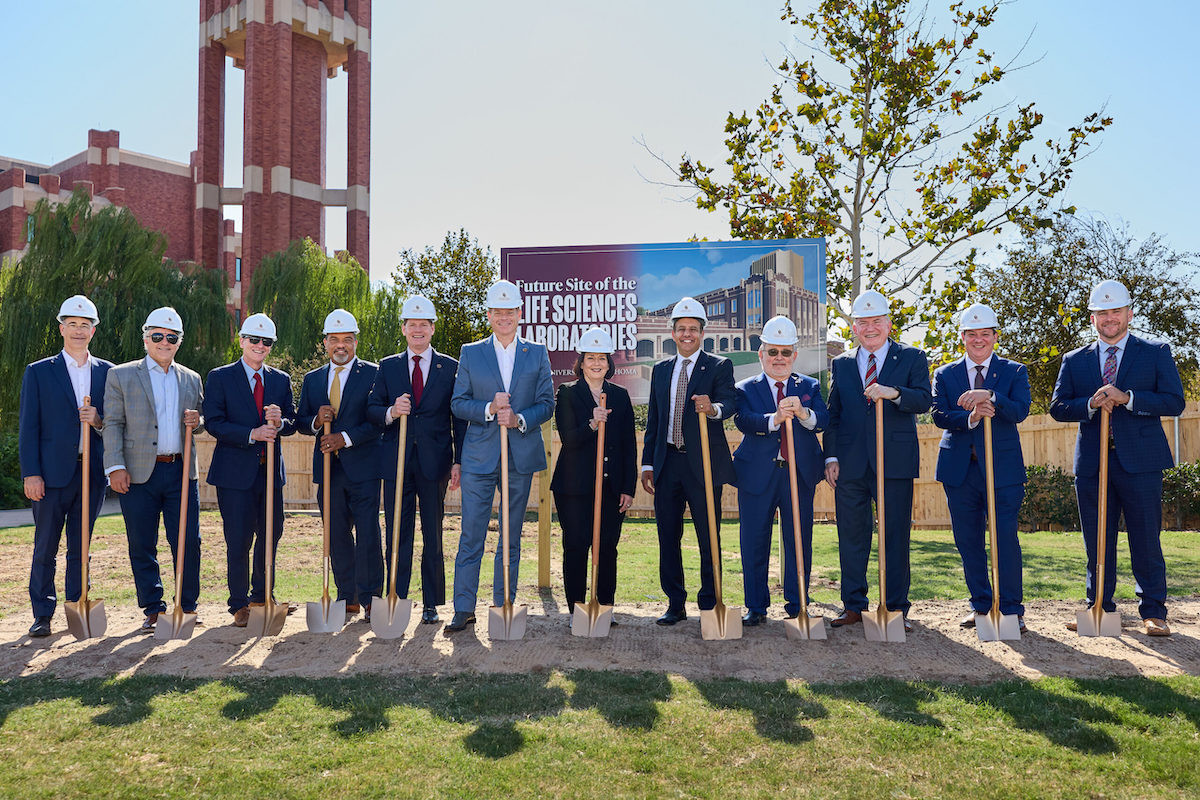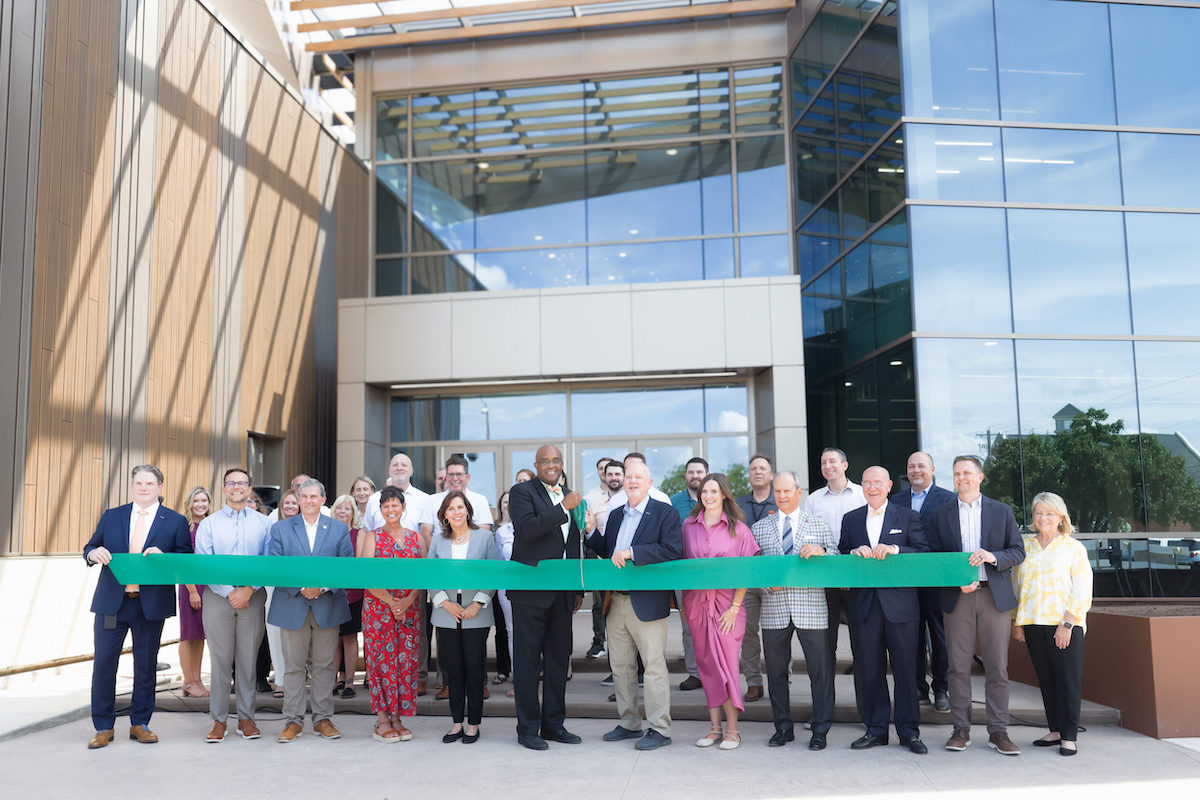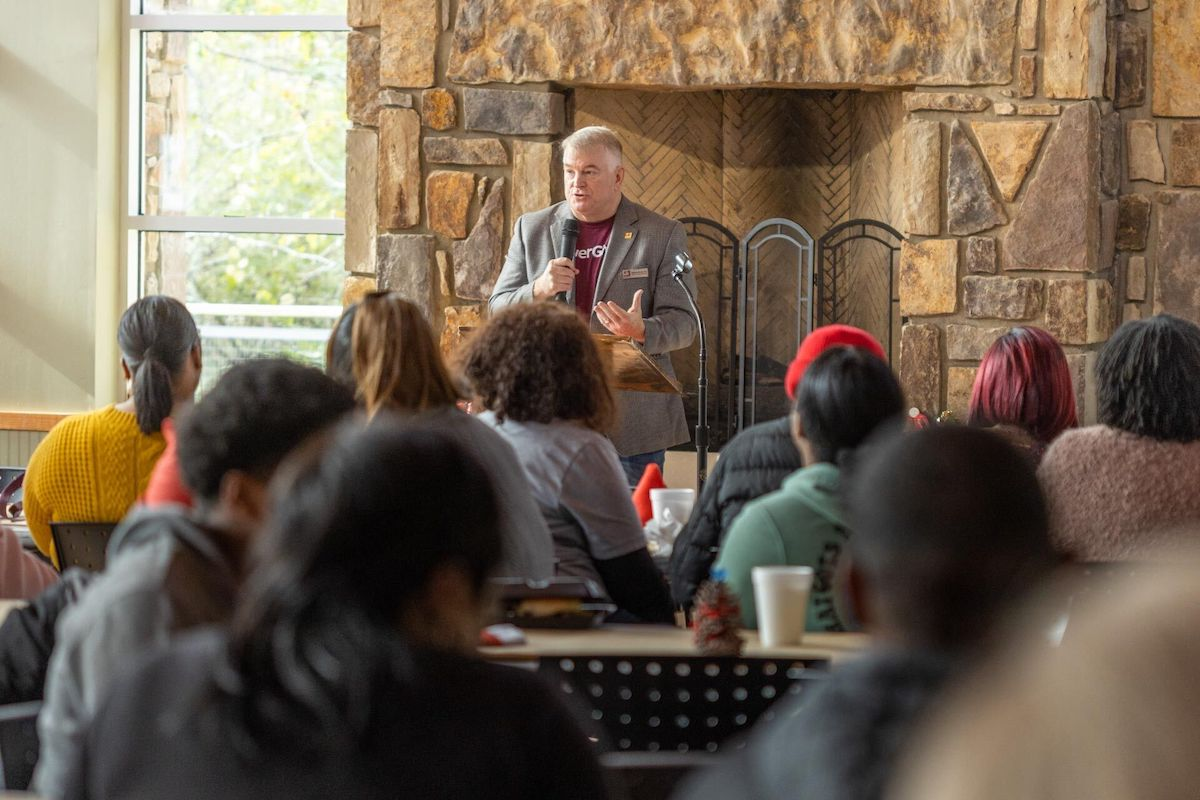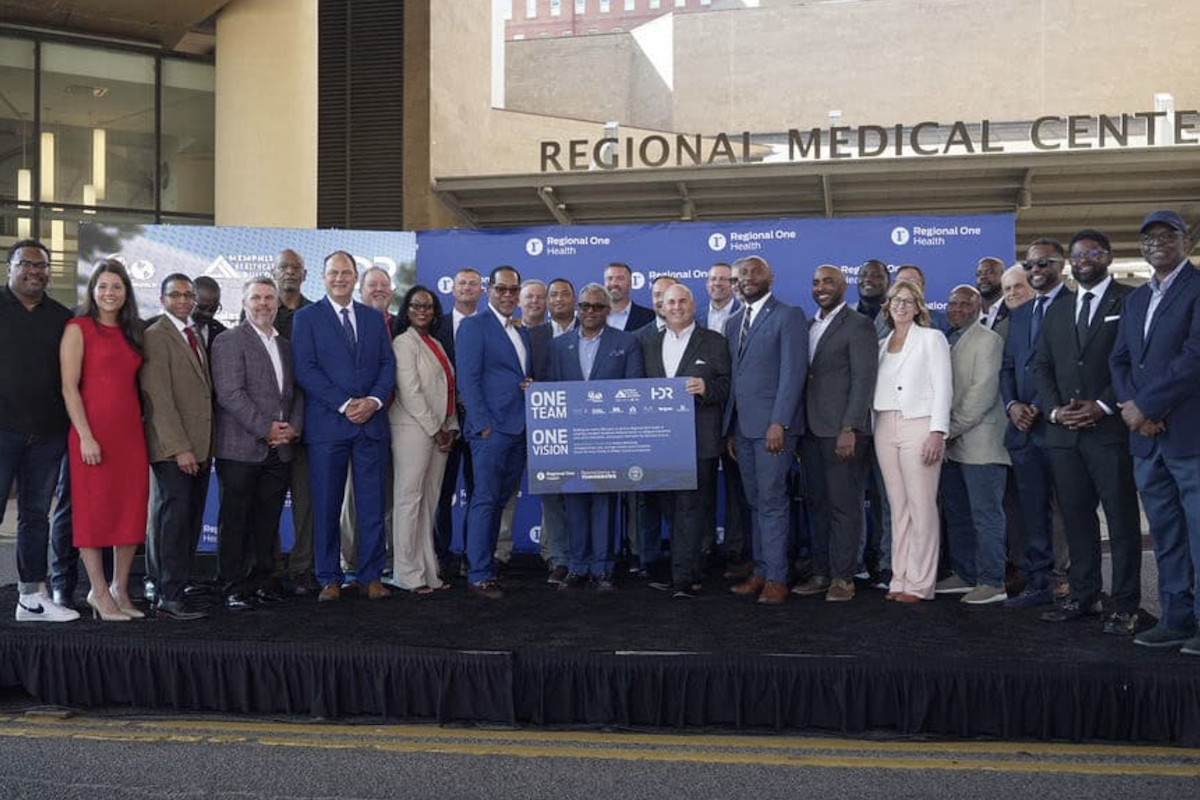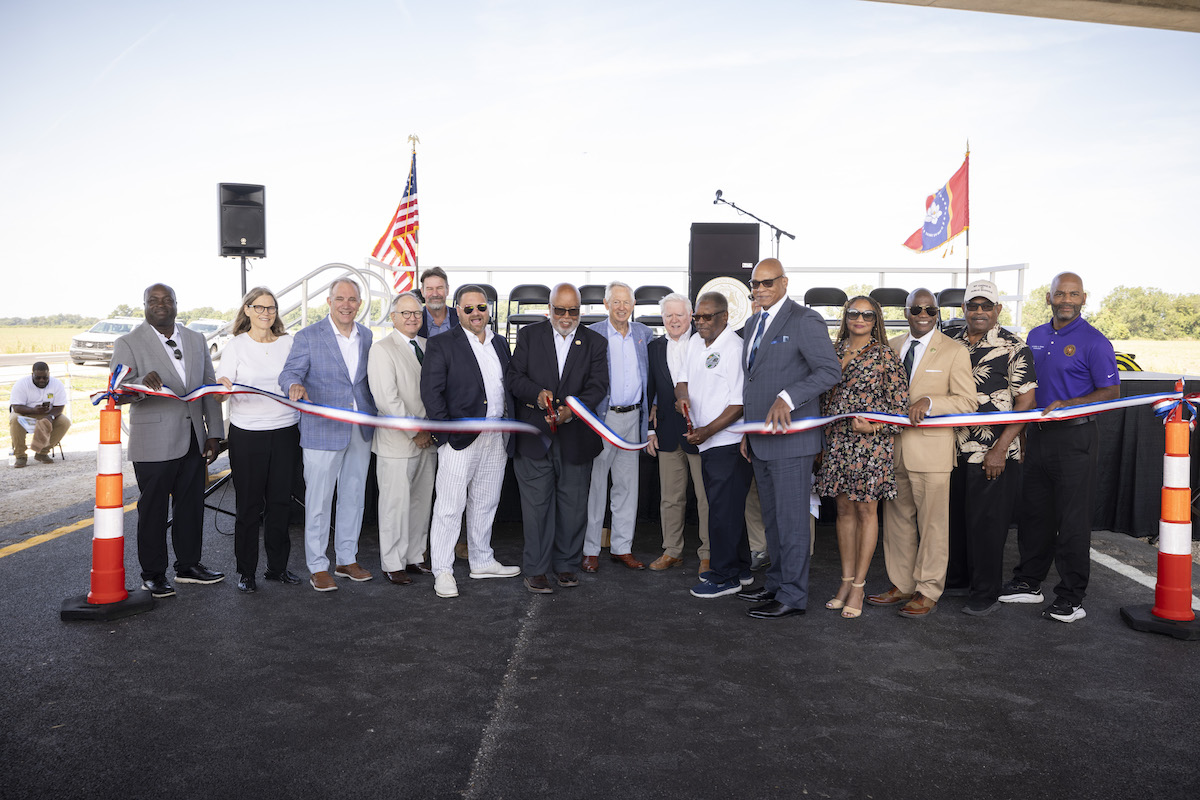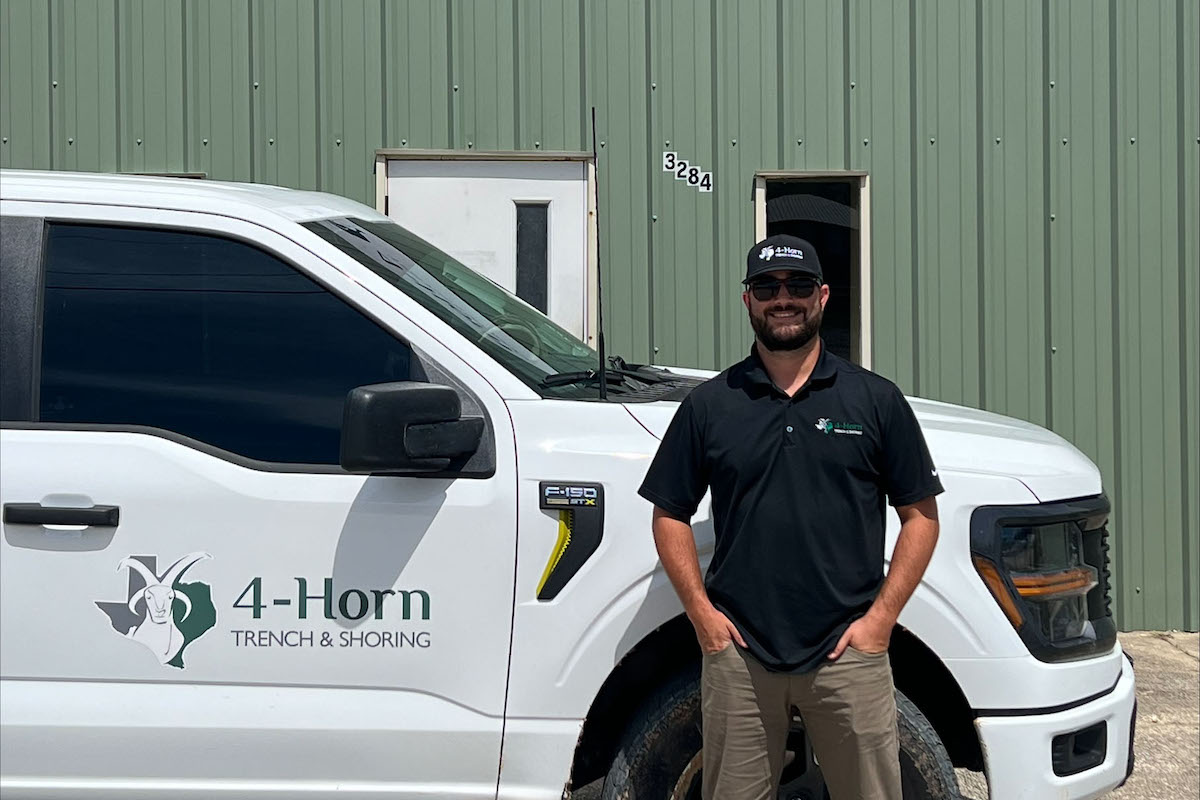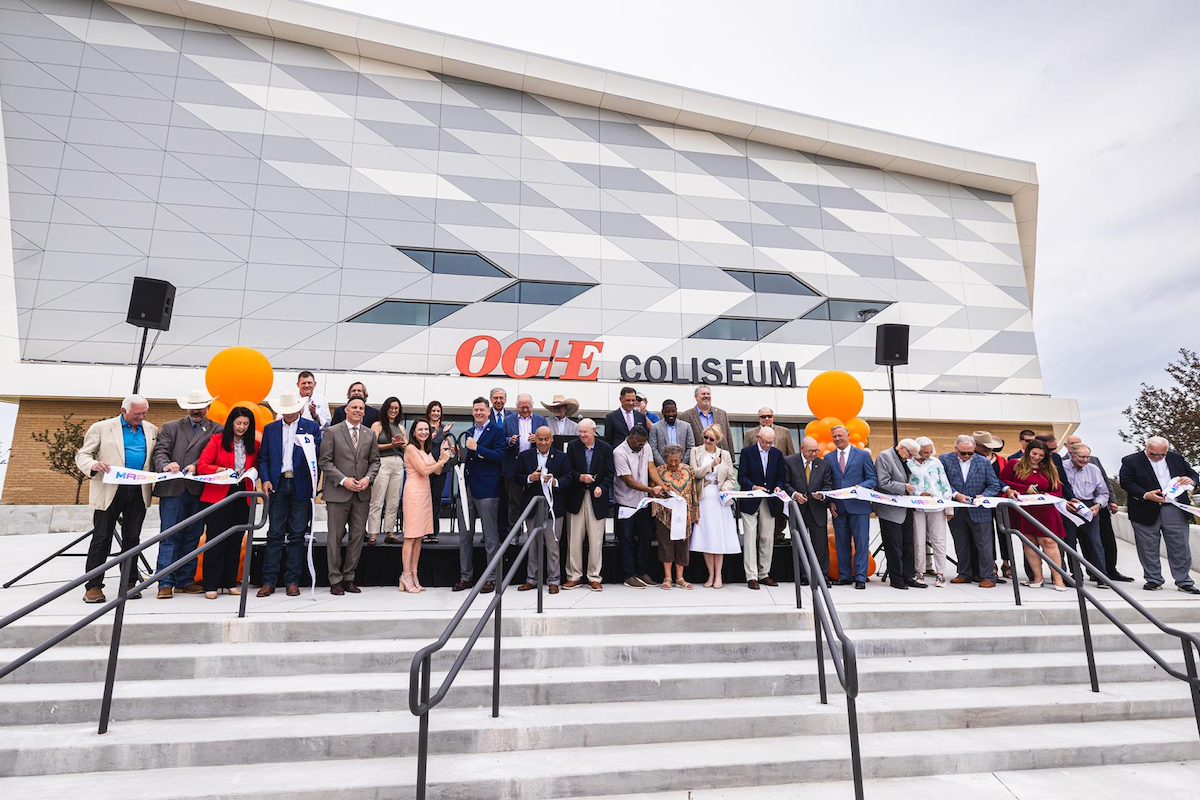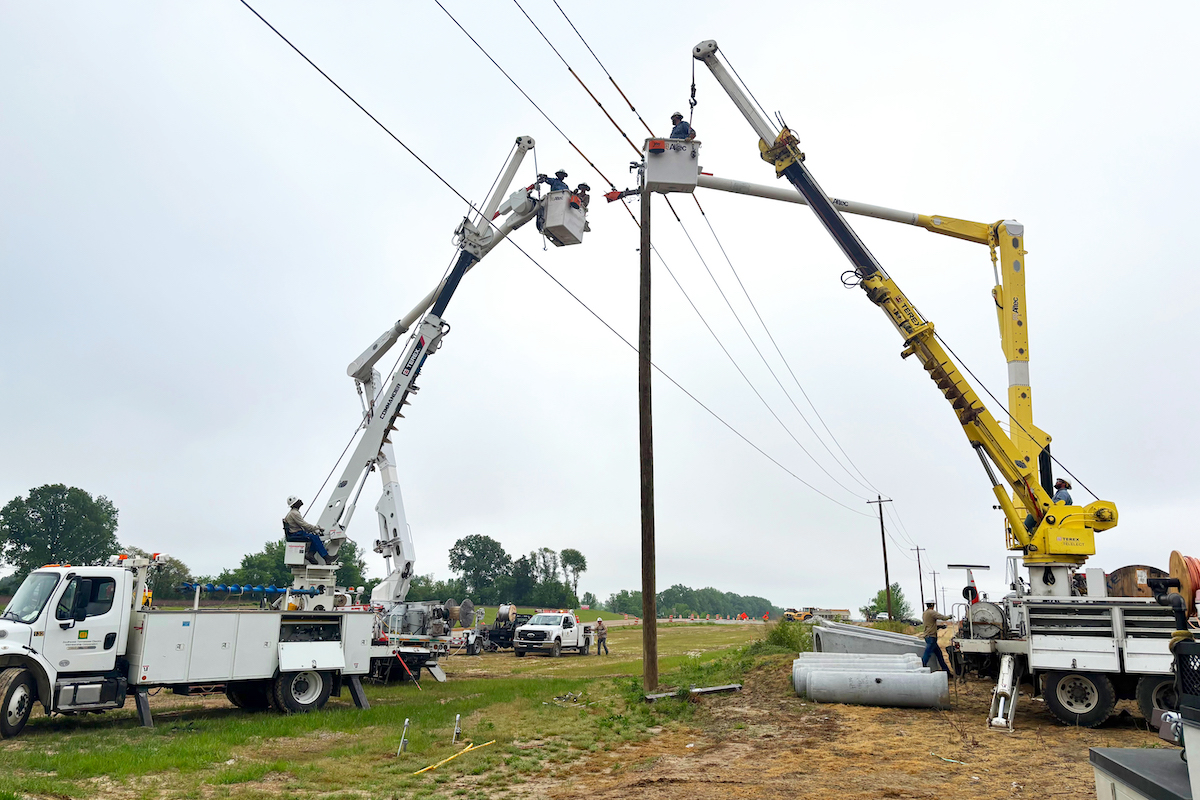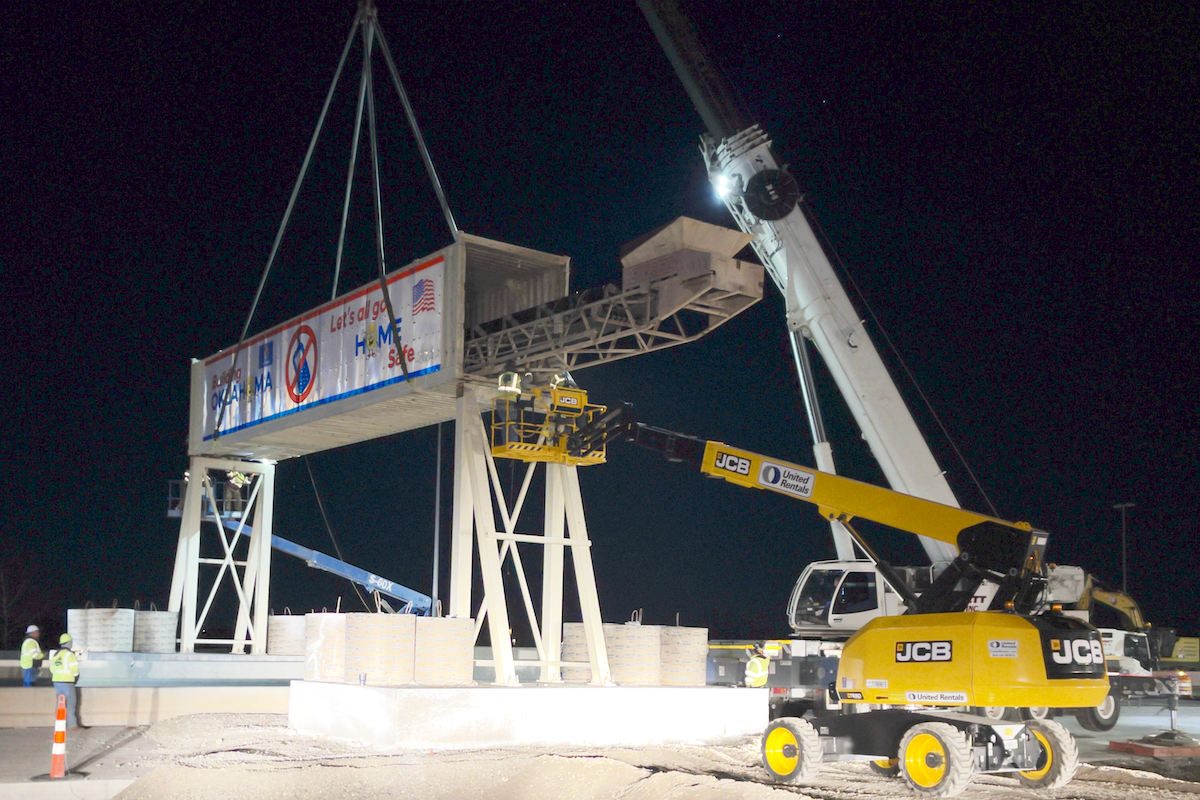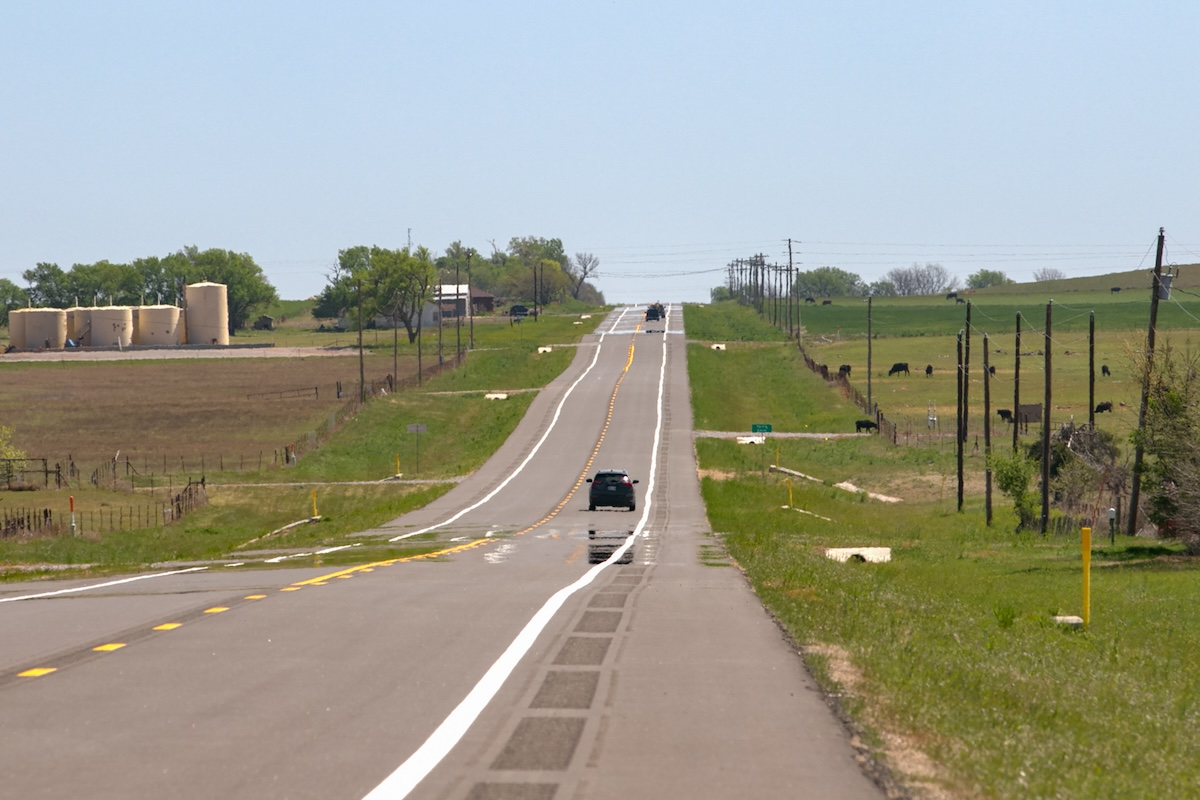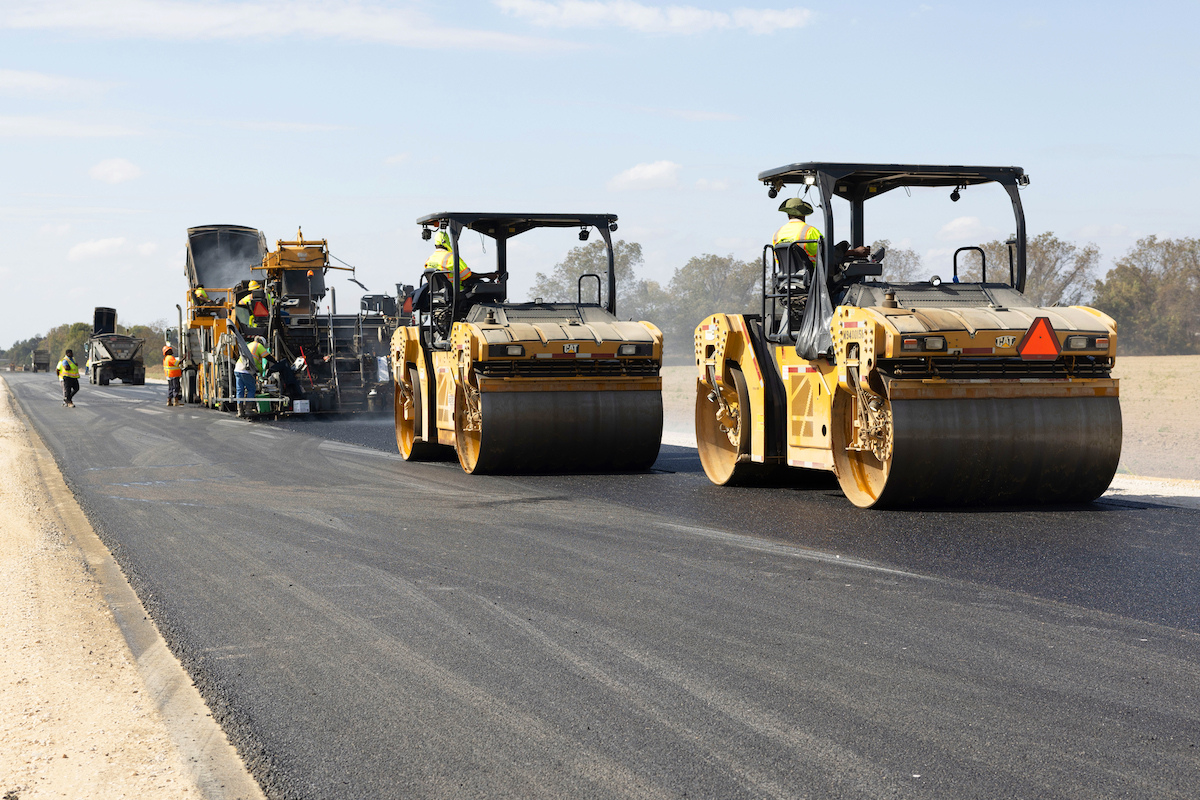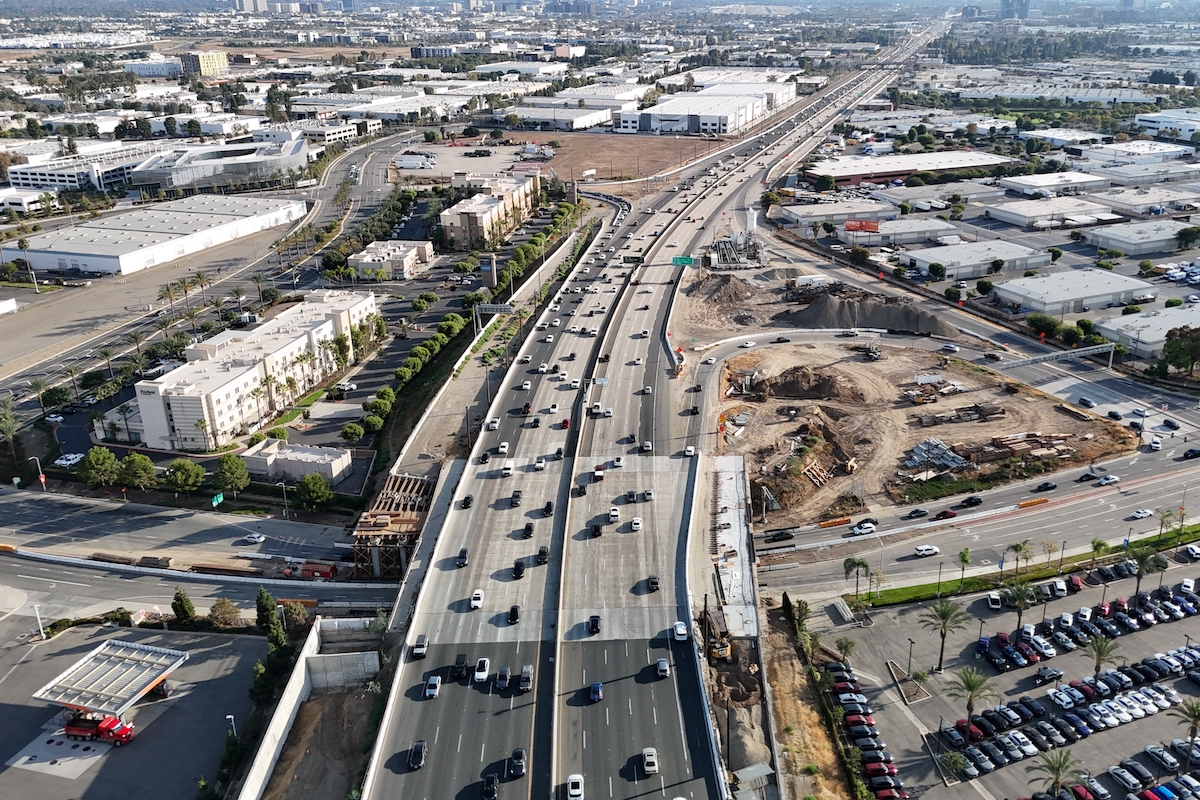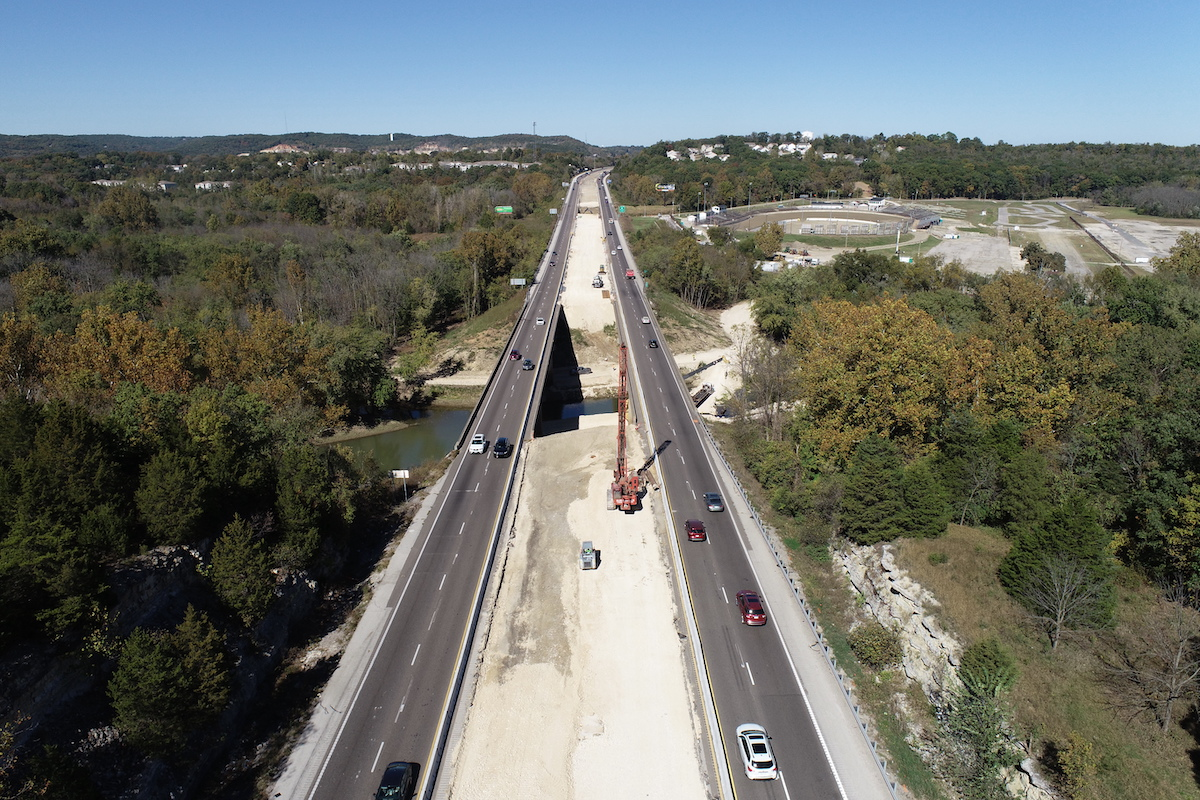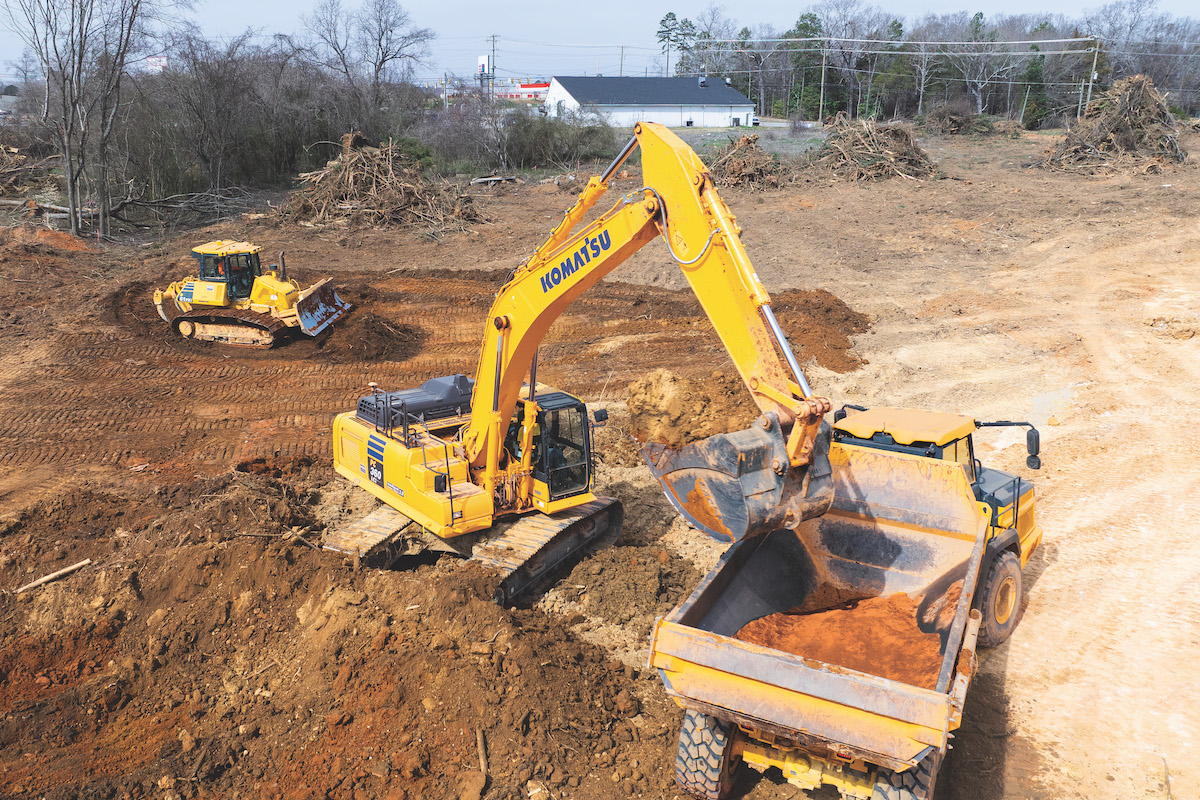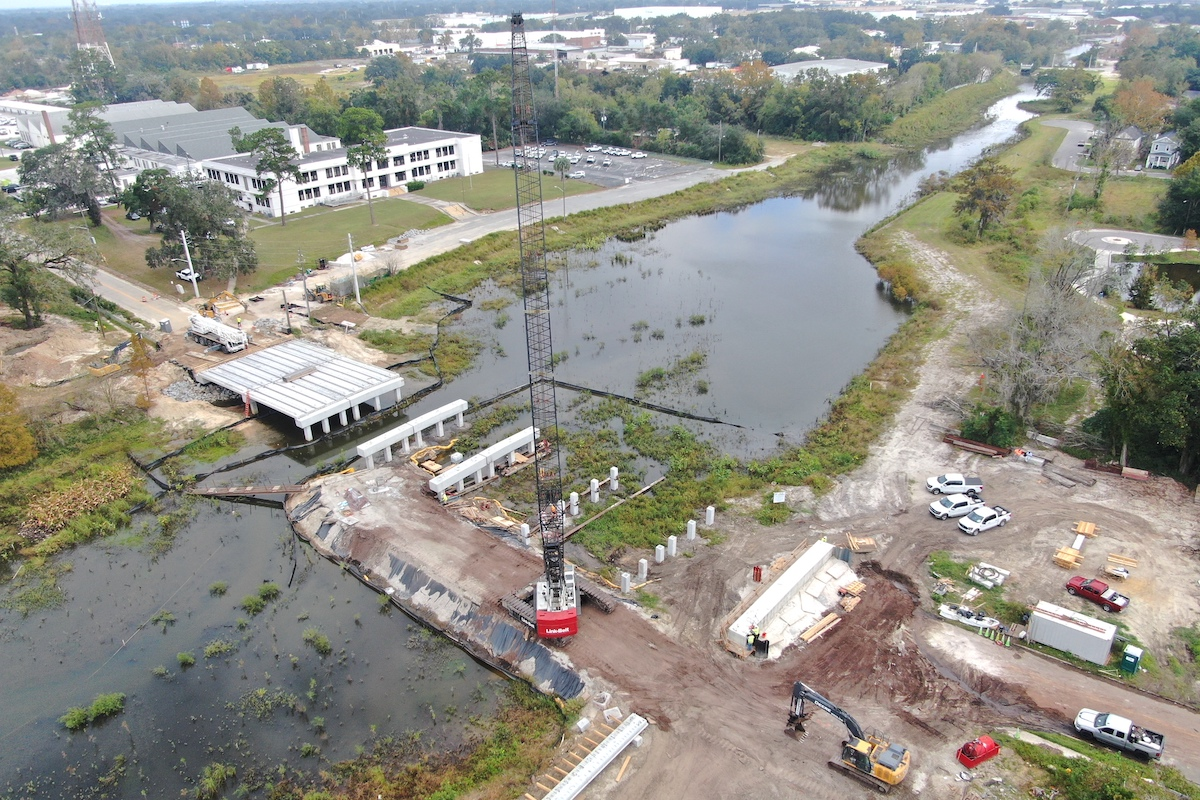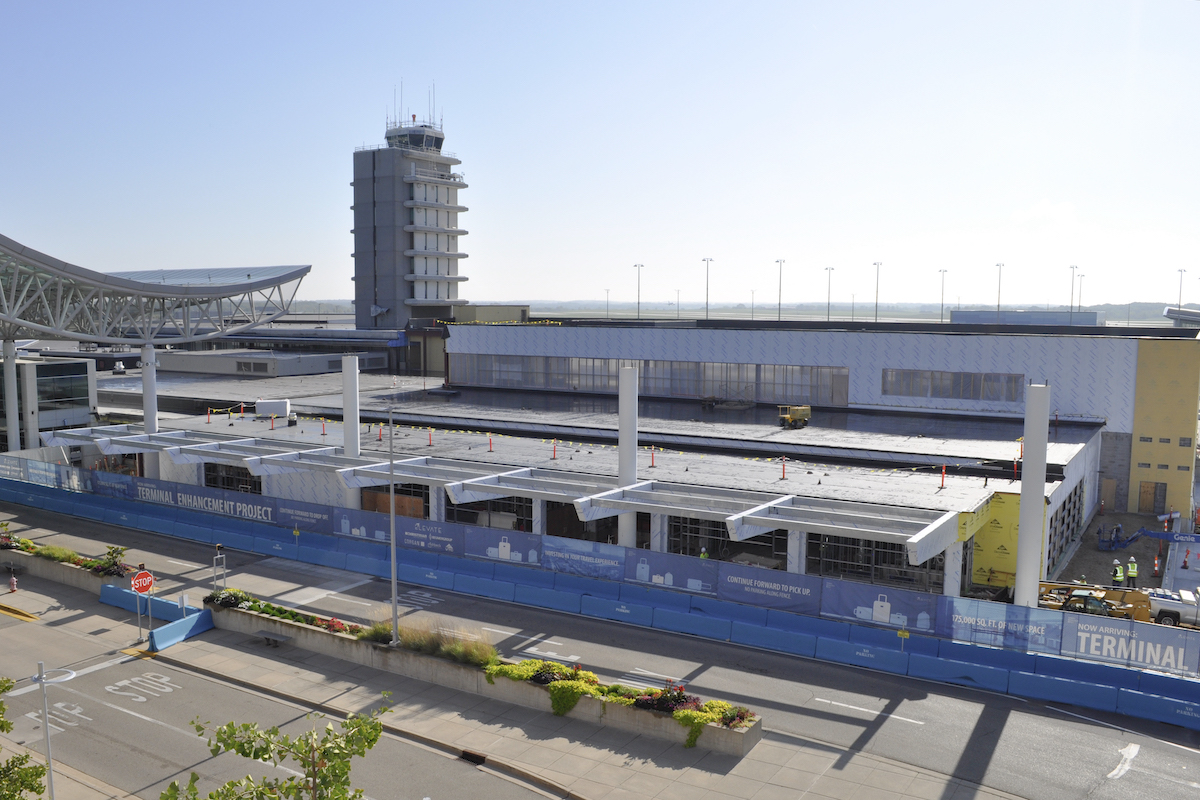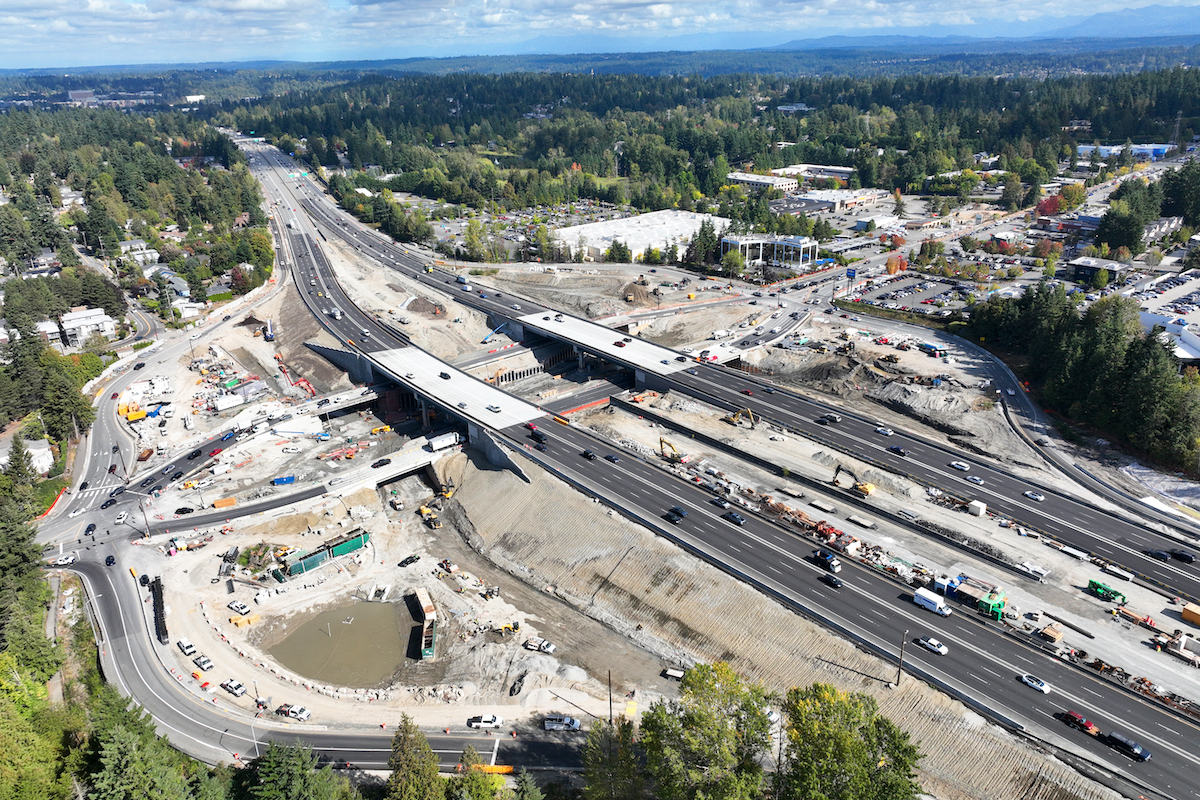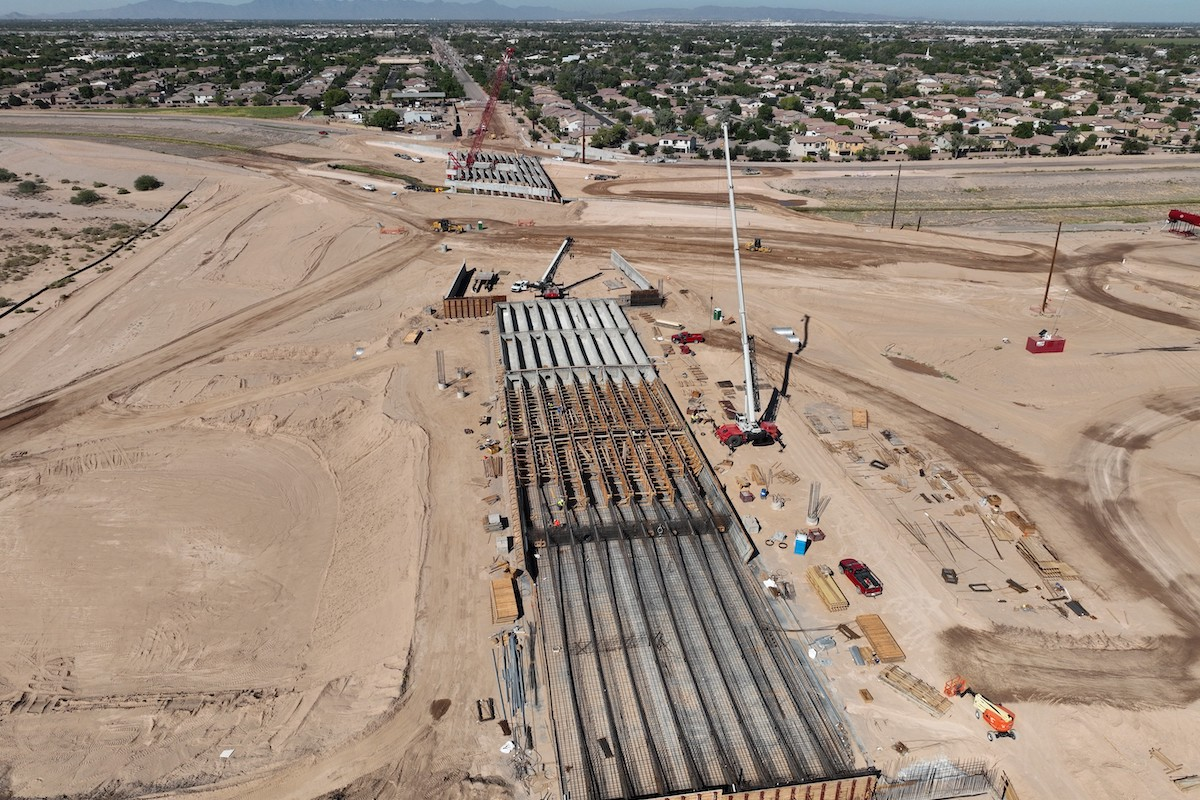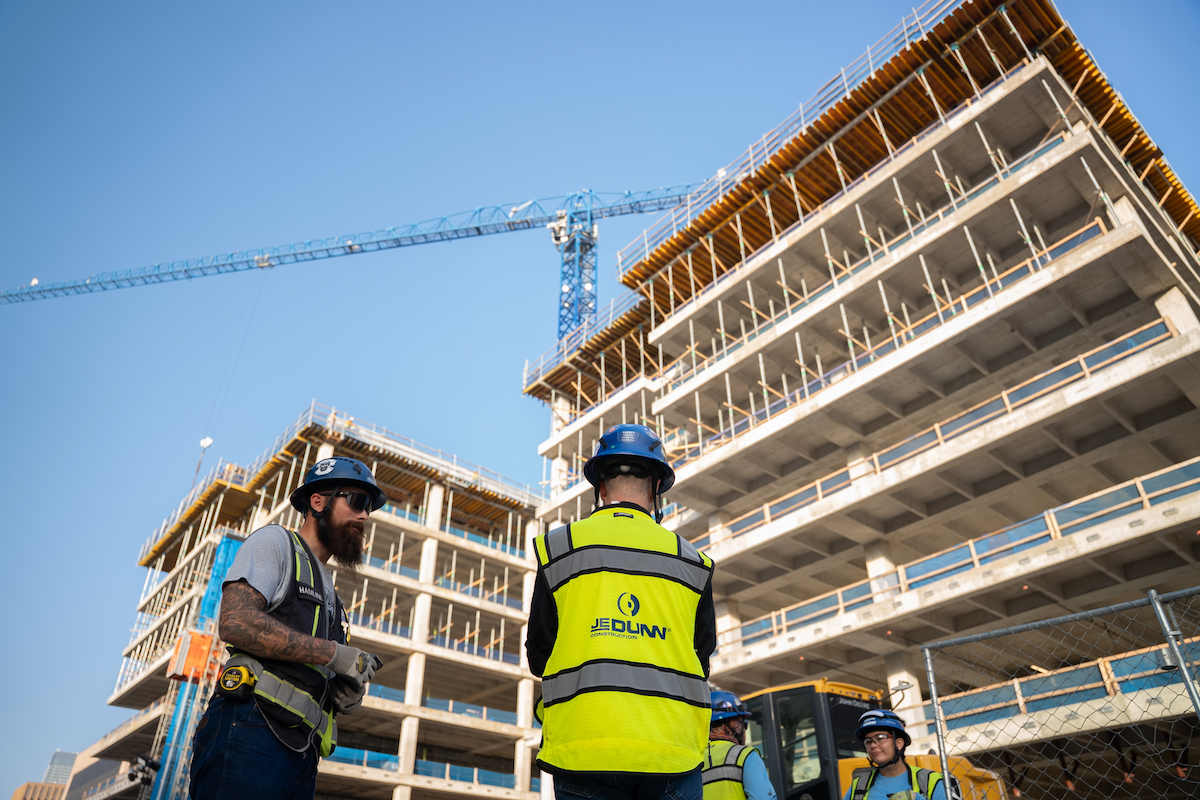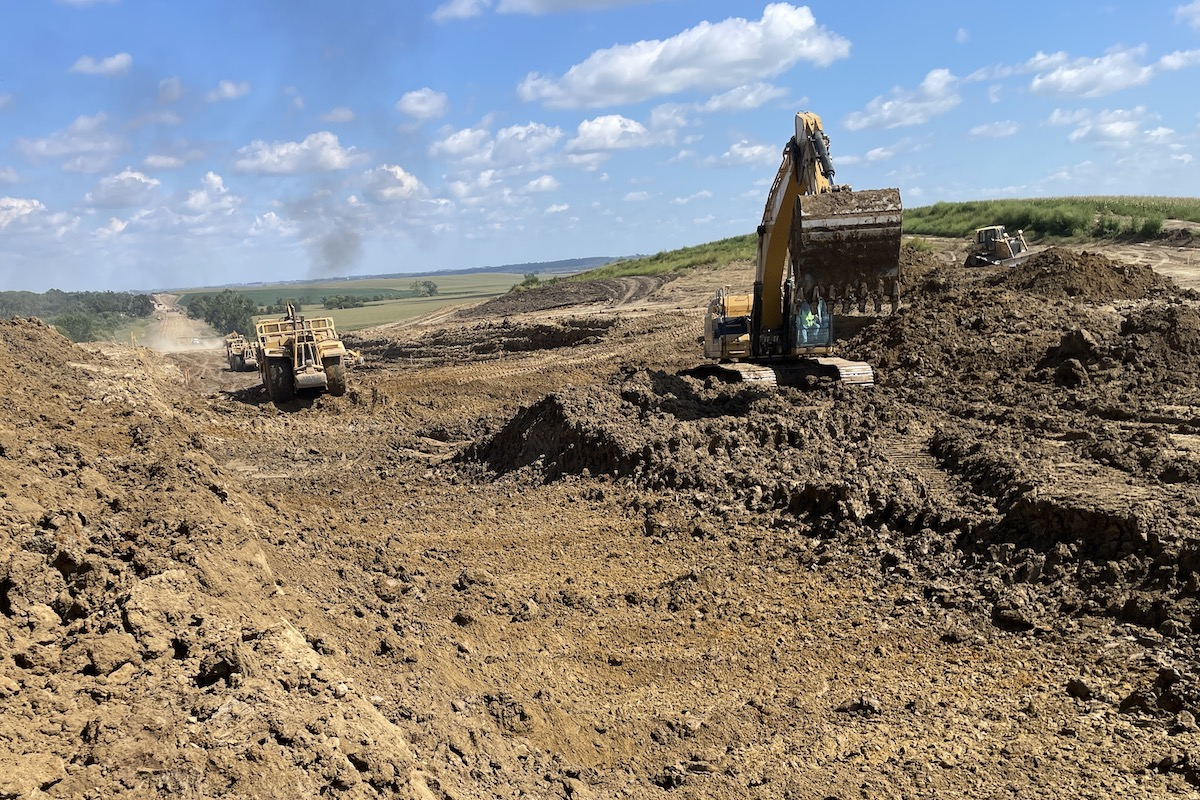With the construction season now in full swing, the focus of weather risk management shifts from winter hazards of frozen ground and heating costs to a broader — and less predictable — set of challenges. Spring and summer bring the potential for heavy rainfall, hailstorms, extreme heat, high winds, and wildfires. In recent years, these events have not only grown more frequent but also more severe, leading to widespread job site disruptions, cost overruns, and insurance claims.
Weather is now a leading cause of construction schedule delays, with unplanned pauses for rain, wind, or extreme temperatures adding up to billions of dollars in lost productivity. Even light rain can slow productivity by 10 to 15 percent on drizzle days, while storms and site flooding during peak rainy seasons have been shown to increase delays by as much as 20 to 30 percent.
For construction professionals, this reality calls for a mindset shift. Weather risk is no longer confined to specific seasons or regions. Instead, it is a year-round concern that requires proactive planning, real-time situational awareness, and tighter collaboration between field teams, risk managers, and insurance partners.
The first line of defense is a well-maintained emergency response plan — one that is not just filed away but actively reviewed and adapted to reflect current project phases, geographies, and local weather trends.
While most firms have fire and evacuation protocols in place, many overlook the need for detailed procedures addressing flooding, high winds, or prolonged power outages. In today’s volatile climate, even a short delay caused by weather can cascade into costly rework or missed deadlines, especially as project schedules tighten and labor availability remains in flux.

| Your local Leica Geosystems Inc dealer |
|---|
| Laser Specialist inc |
Regular site and equipment assessments are another essential tool. Inspecting trailers, scaffolding, cranes, and drainage systems for vulnerabilities — especially before a major storm — can help identify and fix weak points early. Something as simple as clearing a clogged drain or securing materials before a wind event can mean the difference between a minor delay and a significant loss.
Construction teams now have access to tools that make managing weather risks smarter and faster. Real-time weather analytics, GPS-enabled asset tracking, and remote site monitoring systems empower field leaders to make quick, informed decisions when conditions change. For example, advance warnings of lightning, wind surges, or flash flooding can trigger timely site shutdowns, protecting equipment, structures, and — most importantly — the safety of your workforce.
Speaking of safety, weather is not just a project delay issue; it is a labor issue. Extreme heat is now one of the deadliest weather-related threats to construction workers. According to the U.S. Bureau of Labor Statistics, an average of 40 workers annually died from exposure to environmental heat between 2011 and 2022, with many more suffering from serious heat-related illnesses.
To protect their teams, firms are increasingly adjusting schedules or halting work entirely during heat waves, slowing progress but saving lives. Cold snaps carry similar risks; icy conditions can spike job site accident rates by as much as 30 percent. The deep freeze that shut down construction across Texas in February 2021 is just one example of how unexpected, non-routine weather can halt activity and trigger wider infrastructure failures.

| Your local Case Construction Equipment Inc dealer |
|---|
| ASCO Equipment |
Everyone on the job site should be clear about their role when severe weather hits, whether that involves moving heavy equipment to higher ground or securing cranes and materials before a windstorm. Routine safety meetings are the ideal time to review procedures and run through likely scenarios. Cross-functional preparation like this helps reinforce best practices and ensures coordinated responses when every second counts.
Don’t underestimate the value of your insurance partners, particularly when engaged early. For instance, at Charles Taylor, we advise clients to build a relationship with their adjusters before a loss ever occurs. Adjusters who understand the scope and complexity of your project from day one can help expedite the claims process and facilitate quicker recovery. These proactive conversations can also surface documentation best practices, policy gaps, and evolving risk trends so you are not caught off guard when the unexpected strikes.
And the unexpected is happening more often. In 2022 alone, U.S. weather and climate disasters caused over $165 billion in damages — the third-highest annual total on record, according to the National Centers for Environmental Information. In fact, the U.S. is now averaging a billion-dollar disaster every month, a sharp increase from just a few decades ago. Construction projects are particularly vulnerable, with damage to in-progress builds, emergency repairs, and long-term budget impacts becoming more commonplace.
As climate patterns continue to evolve, so must the way we build. Weather risk is no longer an edge case; it is a daily variable that affects timelines, safety, and profitability. Whether you are building in the Southeast, Midwest, or western states, the risk is real and preparation is no longer optional.

| Your local Yanmar dealer |
|---|
| CLM Equipment Co |
| WPI |
By embedding weather-readiness into your planning, leveraging data and technology, and maintaining open lines of communication across your teams and partners, construction professionals can better manage the growing costs of climate volatility and deliver projects that are not only built to code, but built to endure.
Rob Donahue is Vice President Training and Education and Executive General Adjuster at Charles Taylor. With over 30 years of experience in the insurance and claims industry, he has led high-level training initiatives and complex loss adjusting for top firms nationwide.




